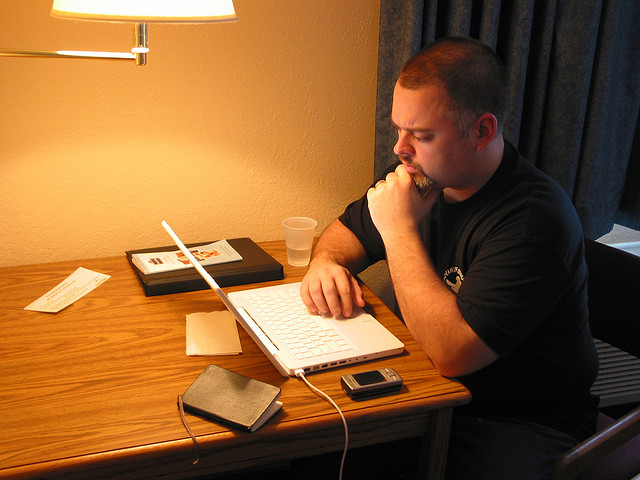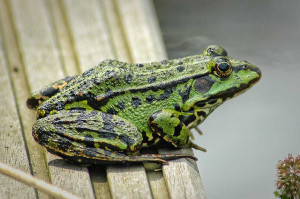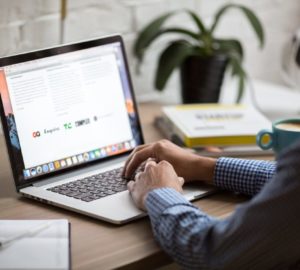– by Sam Moolman
Wikipedia defines procrastination as “the act of replacing high-priority tasks with tasks of low-priority, and thus putting off important tasks to a later time”. Tasks of low-priority could be anything from checking your Twitter and Facebook feeds, happily running errands for other people, or convincing yourself that you’re famished (which leads to wasted hours building the perfect sandwich). Procrastination means you’d rather walk over hot coals than start tackling the task which needs to be done.
Here’s how to break that habit.
Procrastinator or Perfectionist?
Human beings procrastinate for a variety of different reasons, but I’m willing to bet that most procrastinators are perfectionists. This may seem contradictory, but think about it. If a perfectionist is unable to perform a task optimally, due to time constraints, lack of resources or any other possible hindrance that may occur, they will probably be reluctant to begin the task in the first place. These personality types usually have a motto like, “if you can’t do something right, don’t do it at all”. Therefore many perfectionists procrastinate for this very reason.
Fear of failure also goes hand in hand with perfectionism, which essentially means that perfectionists (who would otherwise do something to the best of their ability) fail to even start a task because not knowing the ultimate outcome is too much of a risk.
“Procrastination means you’d rather walk over hot coals than start tackling the task which needs to be done.”
Environmental Control
Besides perfectionism, people can procrastinate for the simple reason that they have more enjoyable things to do. It is often assumed that the only solution to this type of behaviour is better self-control. I say, rather than think about controlling yourself, find better ways to control your environment.
Start with the obvious things.
Make sure your work space is situated in a place that offers very few distractions, preferably far away from other people. Also, eliminate objects on your desk that may distract you – this includes things like files or folders that contain a different task to the one you’re working on, as well as other essentials like your cell phone and daily planner. Once you’ve eliminated all possible distractions from your working environment, immediately start working on the task which you want to do the least. I call this, The Frog.
Eat That Frog!
Mark Twain once said, “If the first thing you do each morning is to eat a live frog, you can go through the rest of the day knowing it is probably the worst thing that you’ll have to face all day.”
So make “Eating that Frog!” your morning mantra. Identify your daily “Frog” from the get-go, and don’t allow yourself to do anything else before you’ve tackled it. Sometimes, with some of my more unpleasant “Frogs”, I have to keep myself from even having breakfast until I’m done with (or have at least started) my “Frog task”. Also, breakfast always goes down better after my first live Frog and, of course, I’m able to breathe easier. Now, if you haven’t already, go and eat your own personal Frog – right now… Why are you still here?
About the Author

Samantha also works as an assistant lecturer for the University of Pretoria’s Department of Journalism.
Photo credit: flickr.com_Meneer Zjeroen














